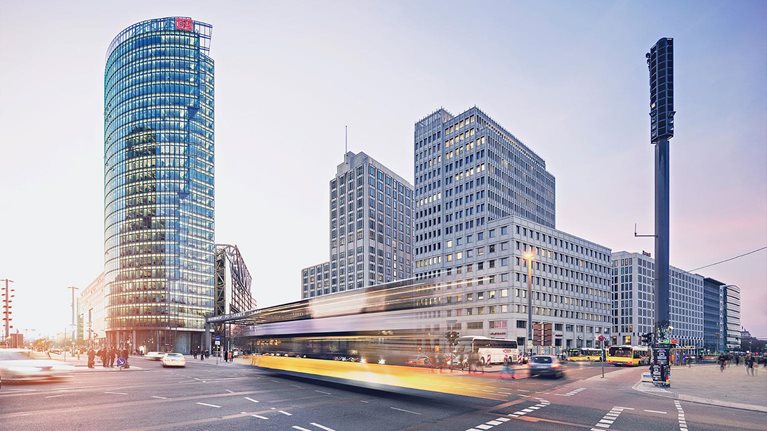However, these essential assets are increasingly vulnerable to the impacts of climate change extreme temperatures, rising sea level, droughts, and hurricanes—which have profound humanitarian and economic impact. Despite this threat, governments and stakeholders across the value chain continue to under-invest in future-proofing infrastructure.
On Friday 18 October 2019, McKinsey’s Global Infrastructure Initiative (GII) organized a roundtable with more than twenty French infrastructure leaders to discuss this dilemma. Informed by new research by the McKinsey Global Institute, the opening discussion focused on the need to integrate climate risks into the way that we design and deliver infrastructure, and on strategies to build resilience into existing infrastructure. The roundtable closed with a conversation on the impact of digital transformations and autonomous vehicle development on infrastructure.
The following themes emerged from our discussions.
Climate change and infrastructure
- Integrate climate risks through the asset’s lifecycle and quantify the value of resilience investments. Including adaptation strategies during the design phase typically costs significantly less than post-construction retrofits or cleaning up after a major climate event. The Institute for Building Sciences estimates a that every US dollar invested in building resilient infrastructure saves six dollars on future costs, including economic disruption, property damage, health crises and disaster-related deaths and extreme weather. Infrastructure investors should factor in climate risks per asset and geography, and quantify the potential costs of asset loss, damage, or disruption. With this information, they should decide on the critical components to be protected, and finally prioritize strategies offering the best return on investment.
- Consider all potential costs when evaluating climate risks. The real costs of asset damages are both direct and indirect—for example, loss of use, disruption of operations, declining asset values, and permanent interruptions. Owners must also consider the potential impact of climate change on their assets’ critical services, such as the power grid and other utilities. Homeowners need to be sensitive to these risks and indirect costs, which have historically been unrecognized by that group.
- Strengthen owners’ understanding of climate risks. Understanding future predicted climate scenarios is essential for infrastructure developers and operators. Consulting industry experts familiar with local conditions and outlooks can go a long way to increasing resilience and future-proofing.
- Integrate climate change goals across all corporate and job functions. It is important to make sure that all activities are aligned with corporate climate goals to drive results. For example, many public and private organizations have a strict policy in favor of the environment, but their objectives are incompatible with the content of their tenders, making it difficult for subcontractors to comply with these requirements.
- Leverage the climate commitments to attract talent. While facing an industry-wide labor shortage, companies creating solutions to climate change will have the opportunity to attract talent that aligns with these values.
The impacts of digital transformation and autonomous vehicles on infrastructure
- Take action to encourage private investment. The future of mobility is a significant opportunity for infrastructure companies, especially as public investment in new technologies, such as autonomous vehicles, is insufficient. New legislation could help unlock private financing for new projects if the right conditions are in place.
- Prepare infrastructure to enable autonomous vehicle development. The first generation of autonomous vehicles needs well marked quality roads, consistent data standards and communication protocols, and appropriate legislation. This is not likely to be a priority for governments juggling tight budgets but proactive investments are likely to be less expensive and disruptive in the long term.
- Consider rural areas with changes in mobility. Urban environments will experience the majority of expected changes in mobility. Integrating rural areas in the planning—where the individual vehicle remains the predominant means of transport—will be important for society to realize the full benefits of technology adoption.


